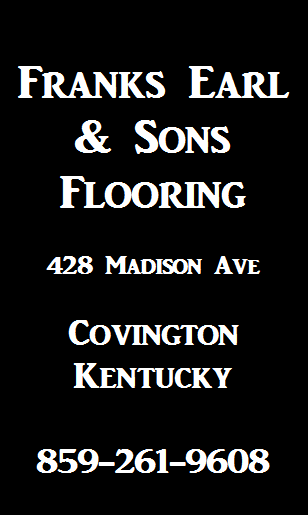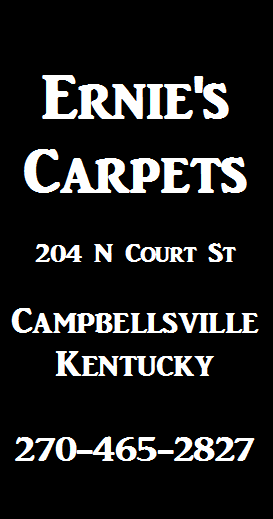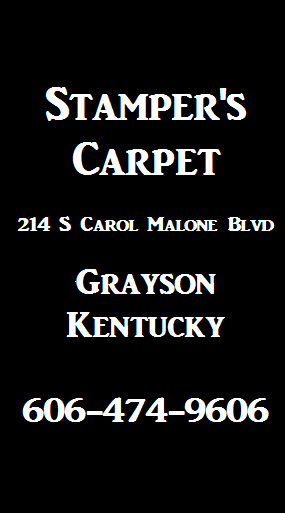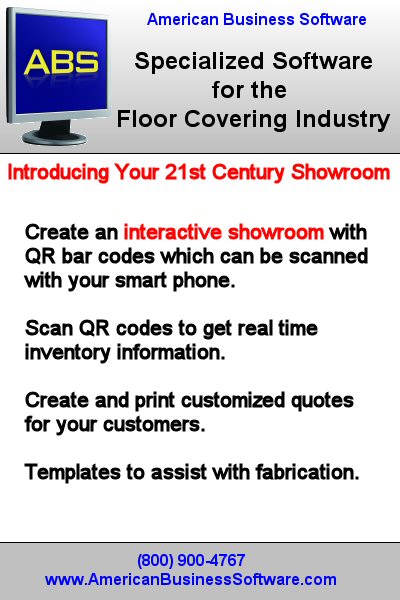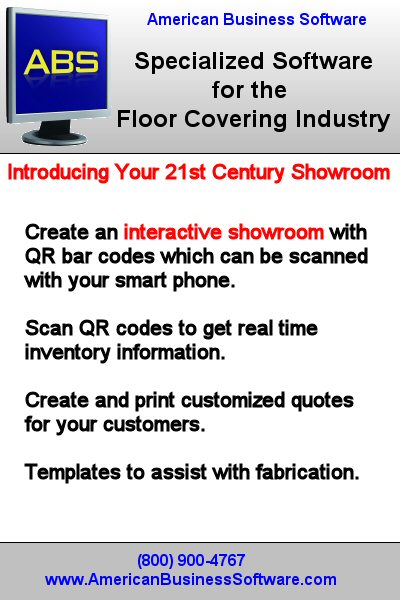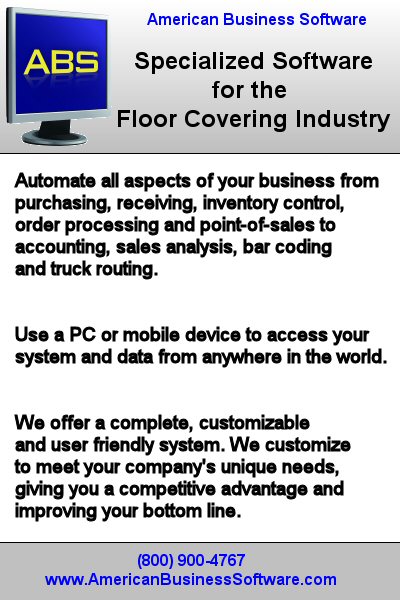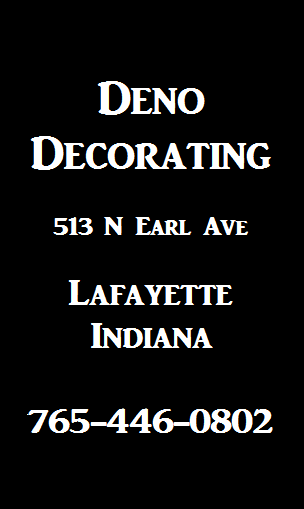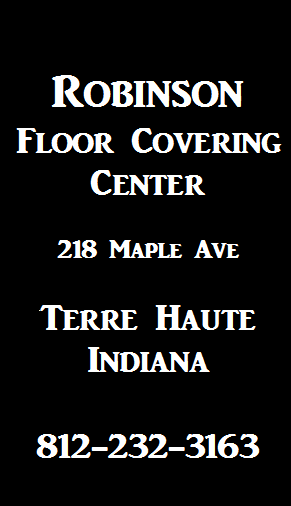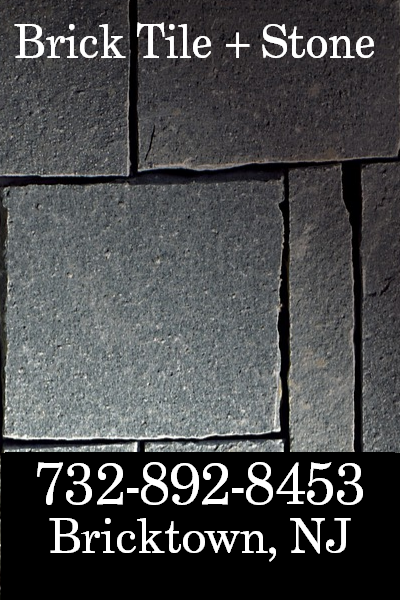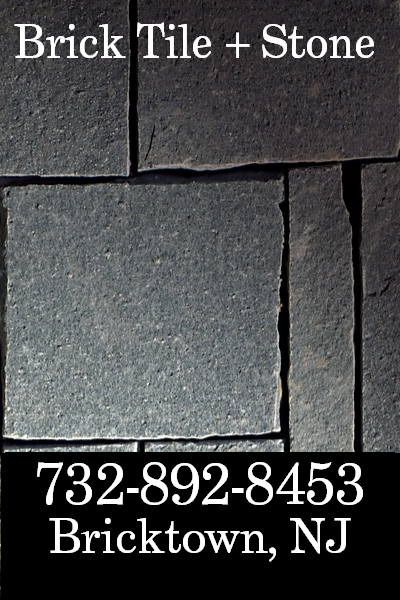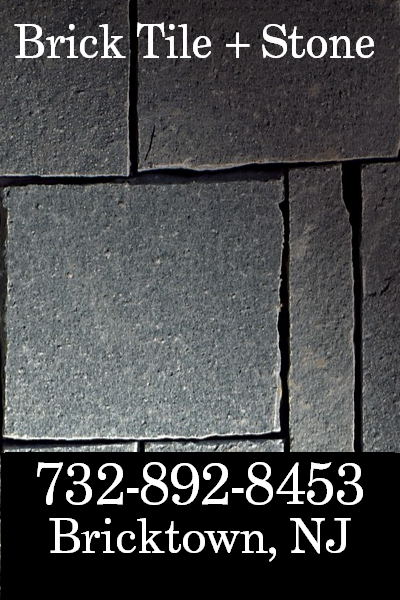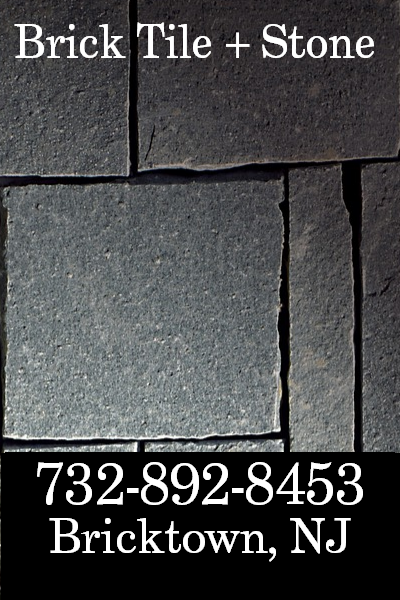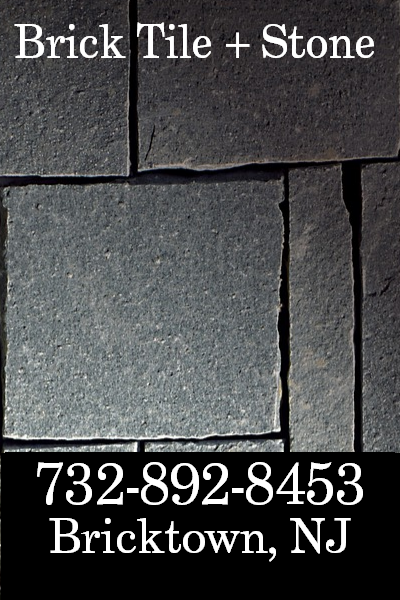
Homeowners and business owners with valid concerns about reports of formaldehyde in their flooring are likely to find themselves somewhat relieved after reviewing the test results Consumer Reports recently published, which advise on how to protect your family against this ever-present, colorless gas. Formaldehyde is reported to emit a pickle-like smell.
For decades, formaldehyde has been commonly used in home products; in everything from certain types of wood flooring to detergents, paint, fabric, and even wallpaper. And although formaldehyde occurs naturally in the world, that does not mean it is safe, or always dangerous. Its status is more complicated than that.
Even at even low levels, formaldehyde can irritate eyes, nose, throat, and skin, or trigger an attack in asthma sufferers. At high levels, worker exposure to formaldehyde over many years is linked to rare nose and throat cancer, and leukemia. The most vulerable are the youngest and oldest of us, and particularly those suffering from serious respiratory problems.
The World Health Organization’s International Agency for Research on Cancer considers the gas a human carcinogen. So reducing your formaldehyde exposure when possible is better for your health. Lately, formaldehyde has also been ever-present in the news cycle after a “60 Minutes” report said Lumber Liquidators' laminate flooring produced in China and sold in the U.S. had been found to emit formaldehyde at levels several times higher than California regulations allow. In June 2016 (last month), the above supplier reached a settlement with the Consumer Product Safety Commission, agreeing to continue free testing of some of the laminate floors for consumers who purchased them.
Consumer Reports decided to do some testing of its own on a variety of wood flooring products, including two laminates currently on the market. In the limited study conducted over the past year, we sought to determine whether any wood-based flooring could pose a formaldehyde hazard and, if so, how much of a hazard. The results were striking for what became clear and what remained fuzzy. The prefinished solid-wood flooring we tested had consistently lower formaldehyde emissions—near or lower than what we think it should be—than the engineered wood and laminate. It’s likely that the glues and resins those products are made with emit formaldehyde. That said, formaldehyde levels varied widely among products and even within samples from the same engineered-wood or laminate plank.
Keep in mind that testing within homes, under less controlled conditions, becomes even more difficult given that many sources can emit formaldehyde. When overall readings are high, it can be very difficult to isolate the cause.
What You Should Do
We’ve prepared this Q&A to help inform your decisions about what kind of flooring to install, and what to do about existing materials and products in your homes. We have also published Ratings of prefinished solid-wood, vinyl, and tile floors; all are better choices when it comes to formaldehyde emissions.
Is there a safe level of formaldehyde?
On July 27, the federal Environmental Protection Agency finalized a rule to reduce exposure to formaldehyde vapors from certain wood products produced domestically or imported into the U.S. The standards take effect a year after being published in the Federal Register. The agency worked with the California Air Resources Board to help ensure the final national rule is consistent with California requirements for composite wood products.
Consumer Reports agrees with the Centers for Disease Control and Prevention’s cancer risk estimate, which is based on the CPSC’s testing of laminate flooring. But we believe that the federal formaldehyde emission rate should be established at 2 micrograms per square meter per hour. At that level, the formaldehyde emitted by flooring would not significantly raise the background level of formaldehyde in a home or increase cancer risk to adults.
Should I avoid engineered-wood and laminate flooring altogether?
Prefinished solid-wood flooring seems to be a better choice than engineered wood or laminate, according to our small test sample. The prefinished solid-wood flooring had consistently lower formaldehyde emissions—near or less than our level of concern—than the widely variable levels we found from the engineered-wood and laminate flooring we tested.
Do product certifications matter?
When it comes to formaldehyde, not as much as you might expect. Certification labels Greenguard Gold and FloorScore use formaldehyde levels of 9 micrograms per cubic meter (modeled in office settings) as their threshold. Based on our estimates, that’s almost 10 times as high as what we think it should be.
I just had one of these types of floors put in. What should I do?
Formaldehyde is a volatile chemical and will off-gas over time, but our tests show that those rates are variable, too. There are ways to reduce formaldehyde exposure if you have new floors or any other new composite wood product (see “6 Safety Steps,” below).
How do I get the flooring I bought at Lumber Liquidators tested?
Lumber Liquidators’ recall-to-test program involves only laminate flooring the company sourced from China and sold between February 2012 and May 2015, when the company stopped selling it. If you have that flooring, call 800-366-4204 or go to lumberliquidators.com/ll/testkit to request a free testing kit. Emissions of 0.080 parts per million or higher, based on WHO guidelines, will trigger more plank testing and, if necessary, an in-home exam by a certified industrial hygienist paid for by Lumber Liquidators. According to the company, and confirmed by the CPSC, more than 17,000 air tests have already been performed, leading to 1,300 planks being tested. None have come back above the WHO standard.
I’ve had one of these floors in my home for years. Do I still need to worry about this?
Probably not. According to a recent report cited by the Consumer Product Safety Commission, “If the flooring was installed several years ago, the levels of formaldehyde may have returned to what is typically found in homes—so there may be no reason to remove it.” We looked at formaldehyde decay levels in a few samples over the course of eight to nine months. Some emission levels dropped considerably over that time; others didn’t.
At what point should I consider home testing?
If chemical odors are strong, you have trouble breathing, or you experience irritation only when at home, consider getting your home tested. Just be aware that results are rarely clear-cut. Do-it-yourself test kits are available, but the Environmental Protection Agency has neither tested nor verified their accuracy. Even a highly precise in-home test could give misleading results—from false positives to even missing an existing problem—warns the American Industrial Hygiene Association.
And experts say that even expensive and extensive testing might not identify specific sources of formaldehyde.
What does the industry advise consumers to do about these types of floors if they’re already installed?
The National Wood Flooring Association and the North American Laminate Flooring Association say consumers should research the brand and model of existing flooring to make sure they comply with California Air Resources Board standards. (NALFA-certified laminate floors pass that test.) A flooring professional should be able to help do the research.
And if someone in your household tends to be sicker at home than when away, consider hiring a pro to analyze the overall indoor air, not just the formaldehyde. Mold or other allergens could be the cause.
Which types of products emit formaldehyde?
In addition to some flooring, sources of formaldehyde can include permanent-press fabrics, wallpaper, plywood, medium-density fiberboard, particleboard, and other pressed-wood products that some furniture, cabinets, and paneling are made of. Glues, paint, caulk, pesticides, cosmetics, detergents, and some insulation give off formaldehyde. And smoke from tobacco, gas stoves, and fireplaces also releases it.
6 Safety Steps
Here are some ways to lower formaldehyde levels in your home:
1. Open windows each day to let in fresh air.
2. Set indoor temperature and humidity levels to the lowest comfortable levels. Higher temps and humidity levels increase off-gassing.
3. Ban indoor smoking.
4. Forget about using your air purifier. It probably won’t lower formaldehyde levels. Nor will putting a rug over your floor.
5. Choose products with little or no formaldehyde. That includes wood products (such as furniture and flooring) made without urea-formaldehyde (UF) glues. Pressed-wood products should meet “ultra-low-emitting formaldehyde” or “no-added formaldehyde” requirements. Use no-VOC (volatile organic compounds) or low-VOC paints, stains, and other products. And insulation should have no UF foam.
6. Deal with formaldehyde in new products. Before using permanent-press clothing or curtains, wash them. And consider keeping new engineered-wood or laminate flooring, furniture made with pressed wood, and other sources of formaldehyde outside living spaces—at least until you cannot smell chemicals. Read more in the September 2016 issue of Consumer Reports magazine.
Floor Covering Media publishes Press Releases called Flooring Updates.

Floor Covering Media, a business network serving the floor covering industry, provides readers timely, objective news and information about flooring topics.
Readers may conveniently retrieve this timely, objective news and information at Floor Search.info, which is Floor Covering Media's public search engine.



Why Advertise Here?
Exclusivity!
Attention! Flooring Advertisers and those who have been chosen to represent them! When on the lookout for valued venues visited by flooring buyers and suppliers, consider this effective, refreshingly affordable, alternative. During the months ahead, consider Floor Covering Media for the short list of potential candidates that deliver your message (or your client's message) to it intended target audience.
Measurability!
Test drive the Floor Covering Media advertising managment system; effortlessly tracking advertising response rates of multiple sets of supplied, advetising material; positioned at specified locations either for the duration of the placement or for specified time periods of the placement duration on demand. The advertising tracking system is conveniently reached. Look for the 'My Ad Responses' Profile Page Tab.
Simplicity!
Media planners tasked to located flooring focused, promotional resources are provided with a unique solution, which assures them that their promotional messages get the attention they deserve, as they are viewed by those exploring the market for flooring. Let your message align buyers and suppliers at the point of purchase. Buyers and suppliers could be accommodated on demand at Floor Covering Media.




Advertisements are placed in designated areas throughout the Floor Covering Media Website. Advertisements are empowered with special functionality, which enable would-be-buyers to reach the advertiser profile page, which is the landing area for prospective buyers exploring our market. The profile page is a hub for linking functionality and response tracking of promotional messages:
- Linking Functionality serves to empower browsers of would be buyers, whose curiosity is piqued by the creative, compelling promotional message in Advertiser’s Advertisement, to be transported from that Advertiser’s Advertisement to that Advertiser’s Profile Page.
- Click-Through Functionality serves to empower browsers of would be buyers, whose curiosity is sustained when visiting the Advertiser’s Profile Page, to click through from the Advertiser’s Profile Page to both their Internal Documents and their External Websites; once the Advertiser placing the Advertisement properly sets up Profile Page to enable links, which ultimately empower the would be buyers to satisfy their sustained curiosity.
- Response Tracking Functionality serves to empower browsers of member advertisers seeking to measure impact of their advertising message by transporting advertisers from link provided on their Profile Page to area of the site, which would conveniently display a calendar of an advertisement’s Click-Through Activity for the day, week, month and more.
Those would-be-buyers, responding to the promotional message, displayed in the advertisement, click on the link in the advertisement, which directs their browsers from the promotional message to the advertiser’s profile page, which is the landing area for respondents; seeking to learn more about: the advertiser, their organization, products, accessories, services, press releases and their external Websites. The profile page serves those professionals seeking background information. Post links leading to job campaign portfolios, resumes and cover letters, for those considering a career transition within our industry or those in pursuit of a career change from another industry. Employers, hiring executives and employment agencies could benefit during candidate searches.
Linking functionality, from profile page hub, is virtually limitless within the confines of our industry. Advertisers post internal links on their profile pagefor the purpose of promoting their organization, its image, their family of products and workforce background information. Internal links redirect browsers from the advertisement through the profile to the documents reached from profile page. External links redirect browsers from the advertisement through profile to Website reached from profile page for the purpose of building additional traffic volume to websites serving our industry.



























